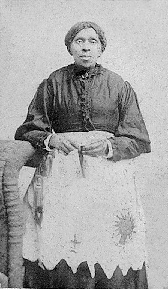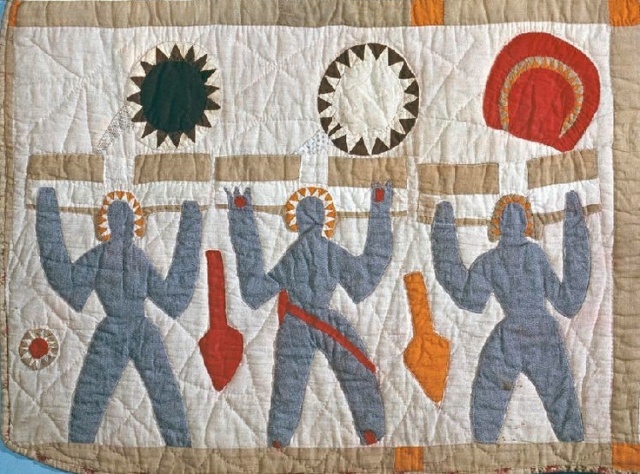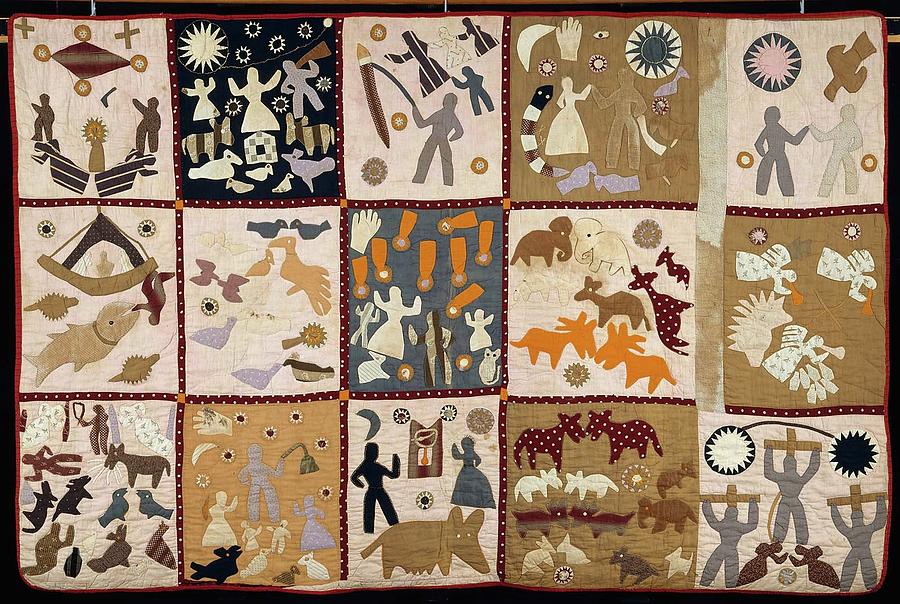 Yesterday was National Quilting Day.
Yesterday was National Quilting Day.
And a person that needs a spotlight in the African American community is Harriet Powers. Considered the mother of the African American story quilt tradition, Harriet Powers (1837–1910) was well known when she made these works of art. Born into slavery in Madison County, Georgia, Harriet Powers married her husband Armistead Powers in 1855. By the mid-1880s, they had moved their family to a farm outside of Athens where she and her husband became active members of the Mount Zion Baptist Church. According to the artist herself, they read the Bible regularly. Her life and two surviving quilts have been studied extensively for many years, often in the context of West African textile tradition and sometimes as the product of a solitary, visionary artist.
And quilts aren’t the only thing Harriet Powers created that survived to this day. In a rare record from a Black woman at the time, Powers wrote a letter in response to someone who wanted to buy one of her quilts. She actually references several other quilts that she made – indicating that she made at least five quilts. Powers mentioned that she made one of her quilts as early as 1882: “I composed a quilt of the Lord’s Supper from the New Testament. 2 thousand and 500 diamonds.” But it is a quilt that she made in 1886 that survived to this day in the Smithsonian Museum – the Bible Quilt.
 Harriet Powers came into the spotlight when her Bible Quilt went on display at the 1886 Cotton Fair in Athens, Georgia. At first glance, the blocks and figures may seem like a random assortment. But upon closer inspection and seeing each block as separate scenes, the quilt becomes a pictorial marvel, almost like a book full of visual scenes. Specifically, biblical visual scenes. All eleven blocks are stories from the Bible, ranging from the creation to the birth of Jesus.
Harriet Powers came into the spotlight when her Bible Quilt went on display at the 1886 Cotton Fair in Athens, Georgia. At first glance, the blocks and figures may seem like a random assortment. But upon closer inspection and seeing each block as separate scenes, the quilt becomes a pictorial marvel, almost like a book full of visual scenes. Specifically, biblical visual scenes. All eleven blocks are stories from the Bible, ranging from the creation to the birth of Jesus.
Text source: Daily Art Magazine


Leave a comment